Modeling changes in probabilistic reinforcement learning during adolescence | PLOS Computational Biology
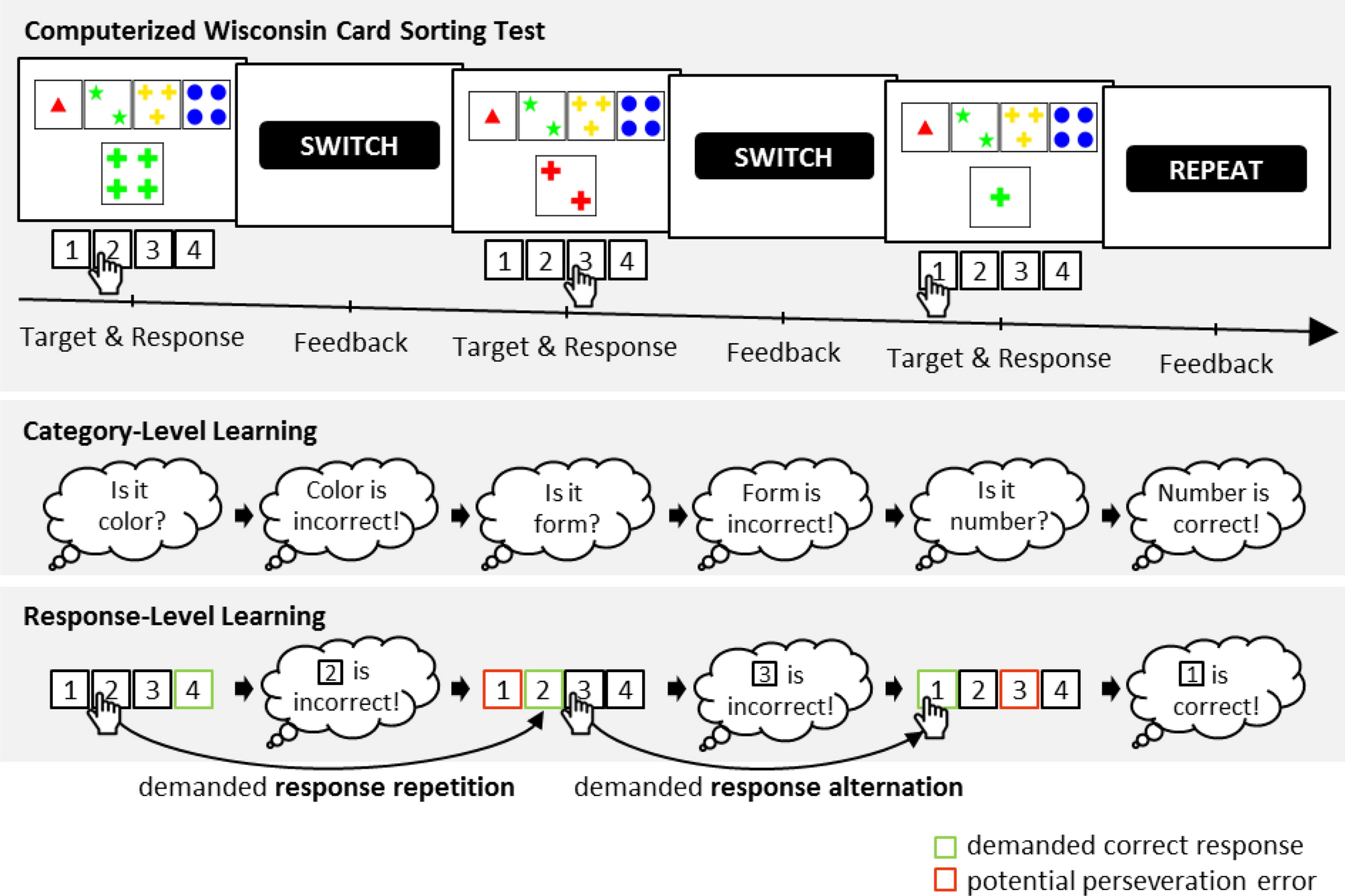
Parallel model-based and model-free reinforcement learning for card sorting performance | Scientific Reports
Computational modeling of behavioral tasks: An illustration on a classic reinforcement learning paradigm
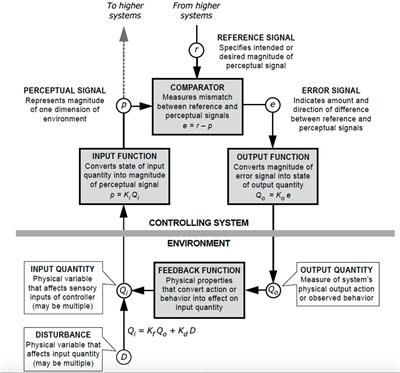
Frontiers | Why Do We Need Computational Models of Psychological Change and Recovery, and How Should They Be Designed and Tested?
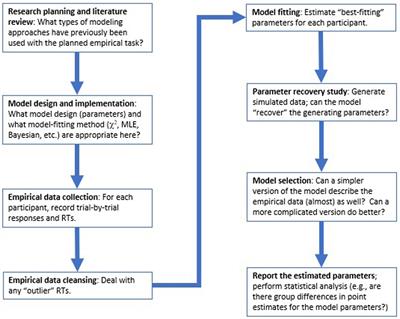
Frontiers | A practical introduction to using the drift diffusion model of decision-making in cognitive psychology, neuroscience, and health sciences


![PDF] Ten simple rules for the computational modeling of behavioral data | Semantic Scholar PDF] Ten simple rules for the computational modeling of behavioral data | Semantic Scholar](https://d3i71xaburhd42.cloudfront.net/91b9d3ab7532ea24ae70cd726355f25235b1fe8b/19-Figure5-1.png)
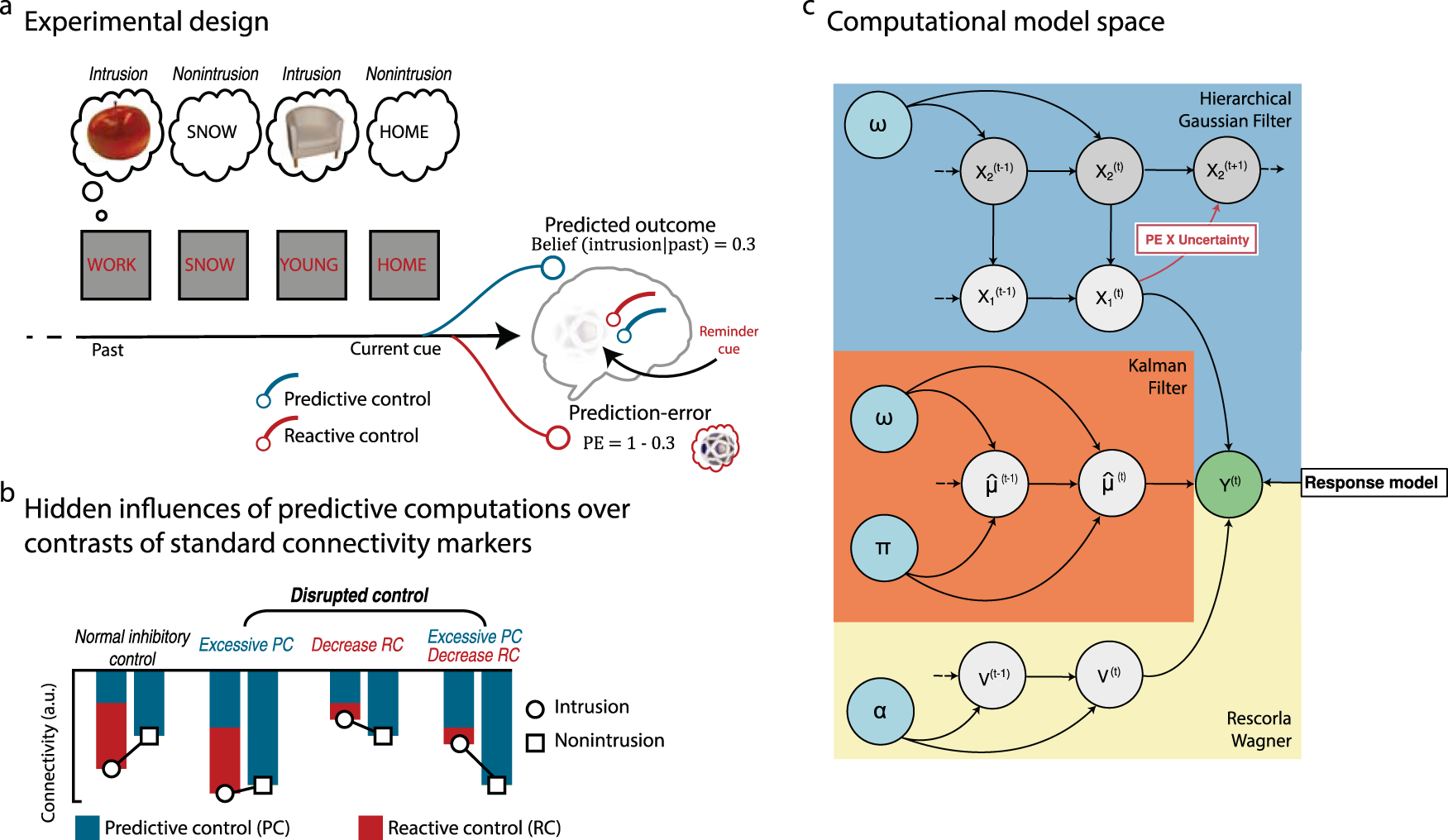
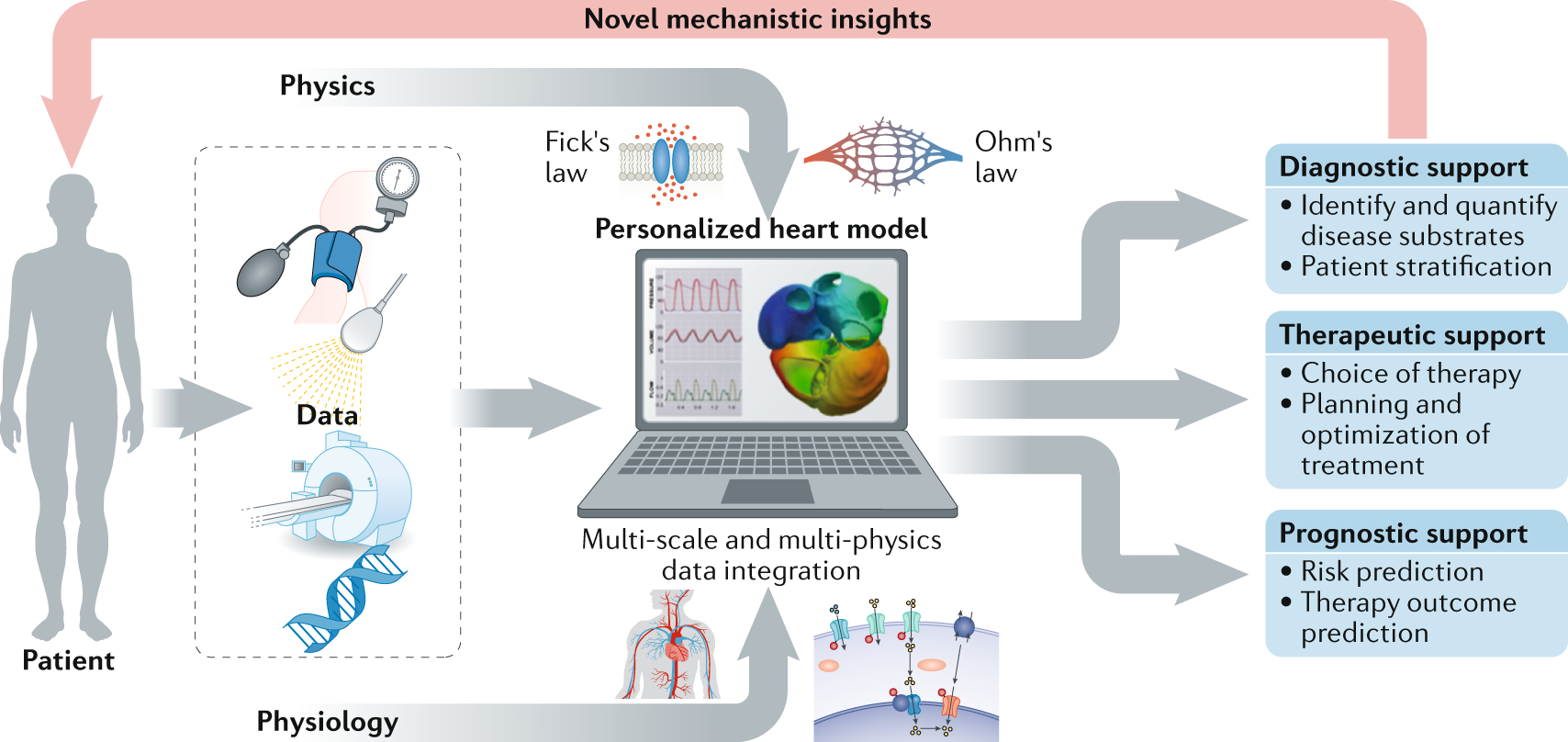



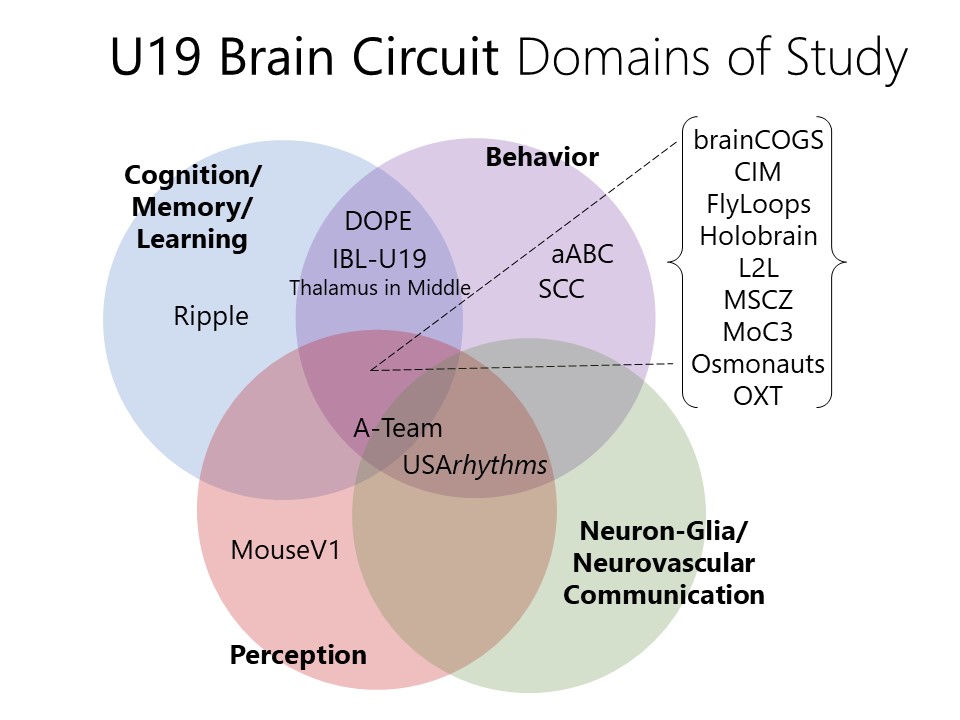



![PDF] Ten simple rules for the computational modeling of behavioral data | Semantic Scholar PDF] Ten simple rules for the computational modeling of behavioral data | Semantic Scholar](https://d3i71xaburhd42.cloudfront.net/91b9d3ab7532ea24ae70cd726355f25235b1fe8b/21-Figure6-1.png)


